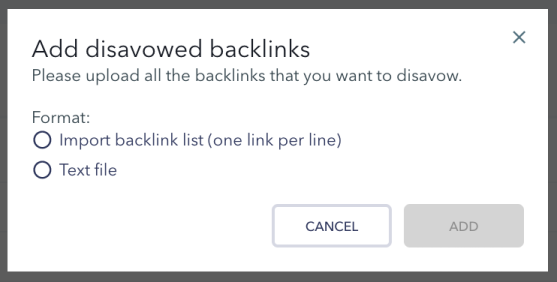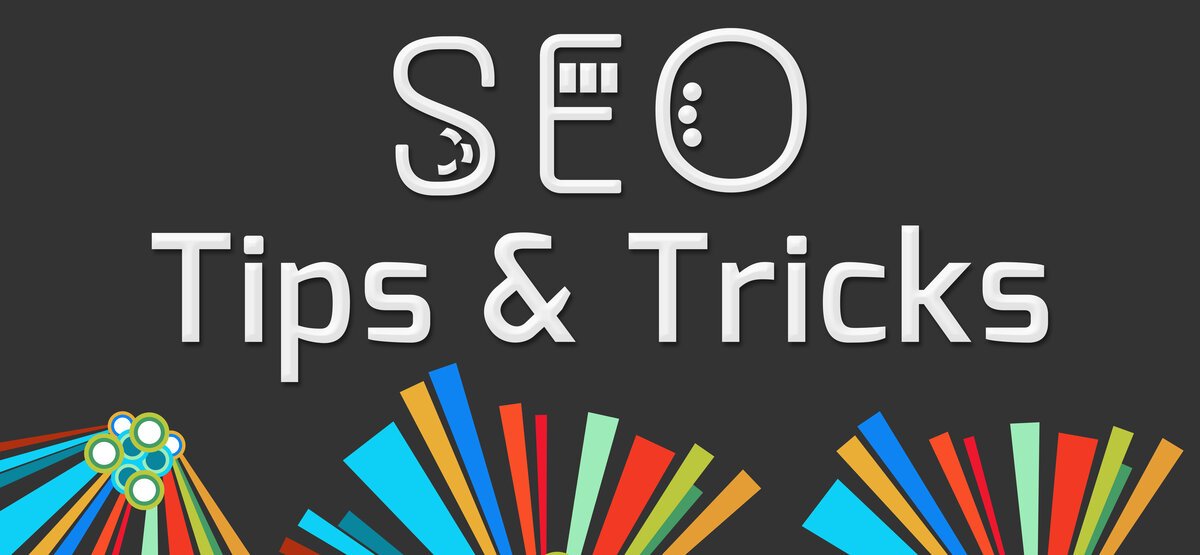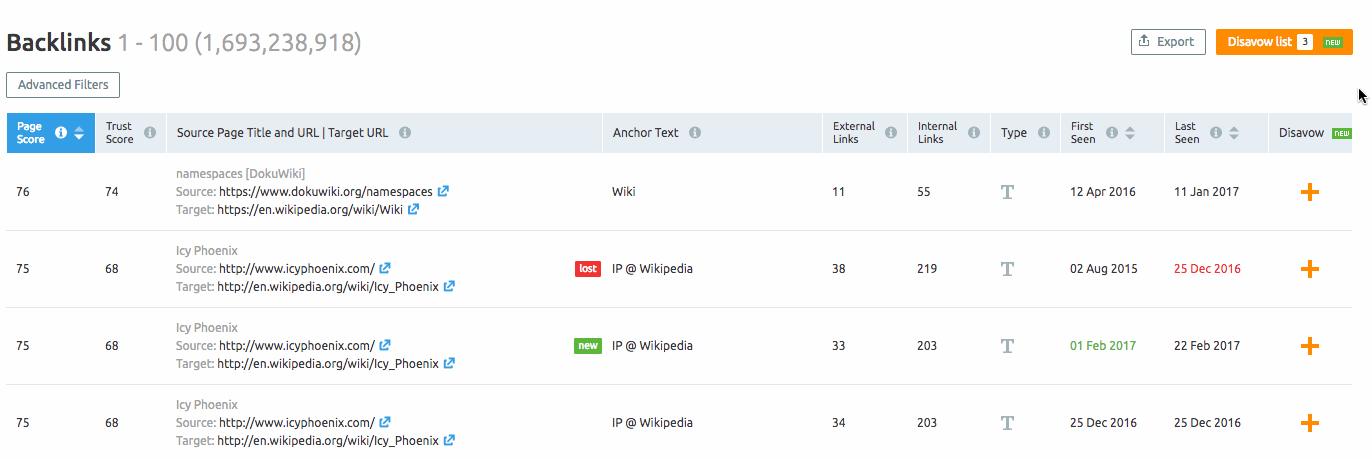
Writing sales copy has one purpose: to convince customers to sign up or buy your product. This can be done by creating a call to action that gives the prospect a logical path to take. HubSpot is an excellent example of effective sales copy. This website focuses on the pain points of customers and allows them to speak directly to sales representatives. In order to make your sales copy as effective as possible, you need to keep these four key elements in mind.
Empathy
Written sales copy should convey empathy for your audience. Empathy refers to the ability to relate to and understand your audience's needs. Empathic copywriting could make all the difference in making a sale or not. If the writer shows empathy for the reader, the reader is more likely to purchase the product or service. Empathy can also help build credibility and affinity.
Emotional language can seem too sentimental in the opening of a sales message. But remember that each prospect has different needs and feelings. Empathy is not a tactic to make people feel better. It's an essential marketing strategy that will help you build a loyal customer base. Empathy will make you more memorable to the people around you. Avoid writing a sales pitch opener if you are concerned about it turning off your audience.
A well-written copy of sales is a bridge. Your sales copy should be empathetic and connect with your target audience. You can look at the fears that someone has about failure and see what their friends think. When writing copy, use this example. It will be hard to write boring sales copy ever again. Start with empathy when writing sales copy. And don't let the writing become too dry or rote. You can try it next time. You'll thank yourself later for this strategy.
Understanding your prospects' problems is a great way to show empathy. When it comes to purchasing decisions, think like your customers. You can make their lives easier by looking for ways you can help. Empathy will help you understand their motivations and help them identify their problems. Empathy is a key component of many world-class companies' marketing strategies. They consider empathy one of their core values. Your customers will buy more if your content demonstrates empathy, even if you are in the business selling.
Simple, concise and easy to comprehend
A simple, straightforward and easy-to-understand sales pitch is key to attracting customers. Instead of trying to squeeze as much information into your copy as possible, think about how your product will improve people's lives. An AC unit with high SEER ratings will save the consumer money on energy. Variable speed AC units can adapt to changing environmental conditions to conserve energy. Consumers will not be satisfied with a list of specs. Instead, they will connect with the benefits highlighted in your sales copy.
The average consumer has a attention span that is eight seconds. Therefore, it is very unlikely that he or she will read more than one paragraph. You must speak the language of your customer and be able to relate to their problems if you wish to retain their attention. The average attention span for consumers is only eight seconds, and if you can capture their interest in a few words, they're more likely to buy. Write a few sentences each time you write a lengthy piece of sales copy.
Listen to your target audience when you're trying to sell a product or service. Listen to Quora discussions and read comments on social networks. You can use the same words in your copy as they do. Write down what features you think your target audience will like about your product. A fitness center might have flexible personal training plans, a nursery area for babies, nutrition advice and support chats for mothers.
Remember that sales copy is intended to persuade customers to take action. Use persuasive language that is easy to understand. You can make your sales copy more engaging and persuasive by using powerful words that evoke emotions. To encourage people to take action on your content, use power words like "I" or "you". Remember that power words are more powerful than other words in your copy.
Feature-benefit copy

When writing sales copy, features and benefits are crucial. Benefits are what make a product or service stand out from competitors. Benefit-driven copy focuses on describing the benefits of a product or service, which is the most powerful way to entice potential customers to make a purchase. Writing benefit-driven copy can help writers differentiate between features and the benefits.
Sellers and buyers can both be inspired by the benefits of a product/service. To explain the benefits of your product or service to buyers, use features-benefit copy. Most consumers buy products or services based on benefits, not features. By focusing on the benefits of a product or service, you will attract more buyers and sales. How can you make benefits-driven copy? These are some helpful tips to create effective features-benefit copy.
Understanding the differences between benefits and features is key to making your sales copy more effective. You need to understand the difference between benefits and features. Benefits describe the value of a service or product, while features explain what the feature does. The benefits should be stressed more in a sales copy than features. These are the things that make a product/service different from others. Customers should be convinced to buy your product or service. A benefit-oriented copy is more persuasive. Make sure you emphasize the benefits.
You'll be able to motivate your customers by using features-benefits in sales copy. However, big-ticket items may require more complex techniques. You can create powerful combinations by combining feature-benefit copy with value selling techniques. You can easily implement features-benefit copy in sales copy if you follow the steps listed below.
Storytelling
Stories can be used in sales copy for two reasons: It retains the attention of the reader and increases its likelihood to buy your product. Stories can also be used to tap into the emotional connections people form through stories. This will help the reader remember the story. It will provide context to your ideas. In addition, it will make your reader feel like they're part of the story. Here are some examples to show how storytelling can help create compelling copy.
Stories can be a powerful way to build brand loyalty, and connect customers when written well. It uses metaphors, imagery, and other tools to stir the reader's emotions. If told well, a story can be as effective as direct response copy. The difference between direct response copy or storytelling is the way customers feel after they purchase. Additionally, content marketing is sometimes called storytelling. Its power lies in its potential to generate interest and sales from prospective customers.
You can tell a story in any length, depending on what product you are selling. Use vivid words that evoke emotion in your readers. Every word in the story must compete against other words. If the story is confusing, the reader may lose interest. Remember that storytelling is an important tool in sales copy. These are three tips on how to use stories within your sales copy.
Case studies. Tell stories about how your product works. A case study is a story that has rich details and encourages readers to read the whole piece and then try your product. Or, it can be a made-up story that illustrates your point. In either case, storytelling is crucial for sales copy. What can you do to use storytelling in your sales copy
Consistency in brand voice

Your business' brand should be consistent in all communications. Consistency will not only improve your chances of success but will also make your customers experience better. Uncertainty in your brand voice can result in a weaker message, lower engagement and other negative consequences. You can make sure everyone within your organization follows a brand voice guide.
Your brand voice represents the voice of your company across all communication channels. It should be consistent across all communication channels, from email to social media posts. Developing a consistent brand voice ensures that customers recognize your brand when you use it across channels. A strong brand voice can make your copy stand out from the crowd, attracting new prospects and retaining existing customers. These are the steps you need to take in order to create a strong brand voice.
It is a continuous process to develop a brand voice. Keep it in mind when you revisit it. Your brand voice should be a reflection of the experience you want to give your audience. Whether you're writing for your website, blog, email or print content, make sure to stay consistent across your brand voice. Customers will be confused if you use a different brand voice in your communications. You should use a friendly tone if you want your brand voice to be consistent across all channels.
A blog can help you establish a consistent brand voice. Mailchimp's blog posting is an example. It has a conversational tone. You can make it more casual than the brand voice guidelines for your sales text, but you can still make it engaging and fun. For instance, Oatly uses quirky copy and illustrations throughout its branding. Even their packaging and captions on social networks can reveal their brand voice.
FAQ
Why Should I Use SEO
There are many reasons to use SEO.
It increases the number of people who visit your website through search engine results.
The second benefit is that it increases conversions by making sure users find the exact information they need when they enter their search bar.
It also increases brand awareness and helps customers find your company online.
It also improves the user experience by allowing users to navigate quickly through your website.
It creates trust and credibility among potential customers.
What's the time frame for PPC Advertising to produce results?
Paid searches take longer than organic results, because they have no natural flow. A person searches for something and expects to see the most relevant results first. Paid search results need to work harder to convince people to pay money to advertise on your site.
What is an SEO campaign?
Your website's content is an integral part. You won't be able to rank high enough in searches if your website doesn't provide relevant and useful content.
SEO campaigns improve your website through the acquisition of links from other websites that point to it. It also includes social media SEO, which is the use of Twitter, Facebook, LinkedIn and LinkedIn to increase brand awareness and drive traffic.
These will help bring more visitors to your website and improve your rankings. An SEO campaign's main focus is building quality links back to your site so that Google knows that your website is valuable.
Why SEO strategy is essential?
Search engine optimization (SEO), is a way to get more people to visit your website via Google.
Search engines like Google!, Yahoo!, Bing!, and others save information about websites using servers called "crawlers," that send this data back into the company’s central database. This allows them to index pages for searching purposes.
People will click on your links and visit your pages if you appear high in the results. These searches will not show you, so you won't get found.
To ensure that your website is found by search engines, ranking high on all major search engines is the best method. Two main ways to do this are paid advertising and organic links.
Paid Advertising - Paid advertising includes buying adverts from companies who pay-per-click online ads to appear above other sites in search results. These ads may include banner ads, text ads, pop-ups, e-commerce widgets, etc.
Natural Organic Links - Natural organic links are those where you have built an excellent site over time and earned your industry's trust. Link building takes place naturally. This can be done through blogging, guest post, commenting, linking, and many other activities.
You need to continue investing in both marketing forms in order to be competitive.
Where should my site be located?
Your website should be located at the top of the search results. It must appear at the top or near every search result. Some searches can have hundreds of pages. How can you stand out against these competitors with your website?
Statistics
- And 90%+ of these backlinks cite a specific stat from my post: (backlinko.com)
- Which led to a 70.43% boost in search engine traffic compared to the old version of the post: (backlinko.com)
- These guides are designed and coded 100% from scratch using WordPress. (backlinko.com)
- If two people in 10 clicks go to your site as a result, that is a 20% CTR. (semrush.com)
- 64% of marketers actively create SEO campaigns because they help hit multiple key performance indicators (KPIs), including increasing traffic, helping your site rank for relevant keywords, improving your conversion rate, and much more. (semrush.com)
External Links
How To
How to choose the best SEO strategy for your company
The following factors can help you determine the best SEO strategy for your website.
-
Keyword Research
SEO's primary goal is to rank well for specific terms. It is also important to find negative keywords phrases that aren’t relevant to your audience.
-
Content Strategy
Content marketing is important for all businesses. Websites that sell eCommerce products or services need to be ranked high in search results pages. This can increase conversion rates and drive sales.
Constructing relevant and engaging content that solves problems or offers solutions is a must.
-
Link Building
Links are vital for ranking well on search engines.They help boost your page rankings and improve your website's credibility.However, building many links can dilute your Page Rank score. To build lasting relationships with other websites, you should focus on building them.
-
Social Media Marketing
If you have a strong presence on social networks, you might want to use these channels to promote and market your brand. By sharing your content on these platforms, you can encourage others to share it.
-
Website Structure
While it's true that good design doesn't necessarily contribute to better rankings, it does have an impact. A simple, clean layout will improve the user experience which in turn leads to more conversions. Your site must load quickly to ensure users don't leave without completing transactions.
-
Mobile Optimization
Mobile devices account for almost half of internet usage today.If your website isn't optimized for mobile, you could lose out on traffic and potential clients.
-
Local Search
This refers specifically to local markets, rather than national. Local SEO optimizes your website in order to rank for local searches such "restaurants nearest me" or business listings in my local area. It's easier to rank well locally because people trust recommendations from friends, family members, and colleagues.
-
Ecommerce Website Development
Ecommerce websites benefit from a range of different types of SEO strategies.For example, they often perform best when they're optimized for both desktop and mobile devices. Additionally, they are more likely to rank higher for longer-tail keywords.
-
Video Ranking
Video content ranks well in search engines. It ranks highly for longer queries and receives more share.
-
Branding
Branding is the process of designing a logo, product names, and messaging that gives your company its own identity and personality. This allows customers to understand you and your business.
-
Analytics Software
Analytics software allows you to track how visitors interact with your website.The information gathered through analytics can help optimize your efforts and increase conversions.
-
Email List Management
Email lists allow you to send emails directly to your target audience.You can send messages about new products, special offers, and promotions.
-
Blogging
Blogging is another way to generate quality backlinks. When you create blog posts that are related to your business, you will attract backlinks from reliable sources.
-
Customer Satisfaction
Customer satisfaction is one of the most effective ways to get high-quality backlinks.When satisfied customers refer their friends and colleagues to your site, this will result in quality backlinks.
-
Content Marketing
Content marketing involves producing unique, useful, relevant content that educates, entertains, or inspires readers.
Creating engaging content will help build trust with your target audience and lead to higher conversion rates.